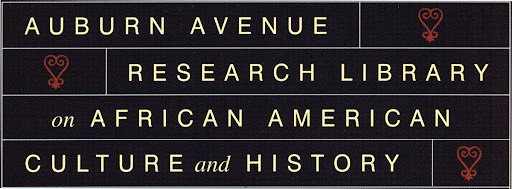Disney’s latest film release in the Pirates of the Caribbean franchise continues a long standing fascination with pirates and images commonly associated with them – ships, parrots, scenes of debauchery, and the token bottle of rum. While piracy has a rich history, its ever present companion, rum, has a history that connects to colonization, slavery, and the appropriation of African and African American imagery in advertising, evidenced by rum bottle labels from the early twentieth century, part of AARL’s Ephemera collection.
![]()
While the Portuguese were the first to corner the market on the European slave trade in the 15th century, it was their Spanish neighbors who introduced African slaves to the Caribbean, or West Indies, at the beginning of the 16th century. During this period, Spanish and Portuguese colonists realized that the climate of the Caribbean proved ideal for sugarcane cultivation, leading to the development of sugar mills throughout the islands. As other European powers began to establish their presence in the Caribbean and North and South America, they too began to exploit imported Africans for slave labor.
According to the
Trans-Atlanta Slave Trade Database, the exportation of sugar from the Eastern Caribbean began in 1641. The industry spread quickly to mainland Central and South America. After 1650, sugar had become “king” of the Caribbean, especially in the English, Dutch, and French colonies. The process of converting sugarcane into sugar produces multiple by-products, including cane juice and molasses. Islanders discovered that these products could be used to create crude, cheap liquor – rum. As the alcoholic beverage was refined, its popularity soared in both the New and Old Worlds. At the height of rum’s popularity in the 17th and 18th centuries, it was consumed by seafaring adventurers and common families in Colonial North America alike, and utilized as currency in the transatlantic slave trade. As slavery was abolished throughout the world in the 19th century, rum began its decline along with sugar production. However, the industry remained embedded in the Caribbean economy and consumer imagination.
![]()
The labels pictured here are from rum producers located in the Caribbean, with the majority originating from islands under French sovereignty. The featured labels come from rum production in the 1930s and 40s. Earlier product labels depicted sea or island images, including ships or beach scenes. A fascinating topic for further research and examination would be the period when advertisements in the industry shifted to images and stereotypes of people of African descent, a commercial practice that occurred in the United States during the same time period that the pictured rum labels were produced.
![]()
In American product advertising, the Aunt Jemima logo (before the 1989 make-over), which is based on the mammy archetype that developed in minstrel shows during the mid-1800s, is perhaps one of the most relatable examples. The archetypal mammy was usually dark skinned, overweight, large breasted and adorned with a head covering – the happy slave of romanticized plantation life born of the white imagination. Despite differences, these labels visually reference the mammy figure. The female characters wear headscarves or wraps, large loop earrings, are mostly darker in complexion, and are smiling. These depictions represent an exoticism and idealism of blackness, specifically female blackness, for white consumers. Like the Aunt Jemima image, those depicted in rum labels represent a historical moment shaped by racism, consumerism, and colonialism – a complex and troubled past documented in this post through ephemera.
(The rum labels that appear are currently unprocessed. For access, please contact the Archives Division. The books mentioned below, used for this post, are available for research at AARL.)
References:
Alderman, Clifford L.
Rum, Slaves, and Molasses: The Story of New England’s Triangular Trade. Crowell-Collier Press, 1972.
Kern-Foxworth, Marilyn.
Aunt Jemima, Uncle Ben and Rastus: Blacks in Advertising, Yesterday, Today and Tomorrow. Greenwood Press, 1994.
Manring, M.M.
Slave In a Box: The Strange Career of Aunt Jemima. University of Virginia Press, 1998.
McElya, Micki.
Clinging to Mammy: The Faithful Slave in Twentieth Century America. Harvard University Press, 2007.
Thompson, Barbara.
Black Womanhood: Images, Icons and Ideologies of the African Body. University of Washington Press, 2008.
Wallace-Sanders, Kimberly.
Mammy: A Century of Race, Gender, and Southern-Memory. University of Michigan Press, 2008.
Posted by Nicole Carmolingo, AARL Archives Intern






















